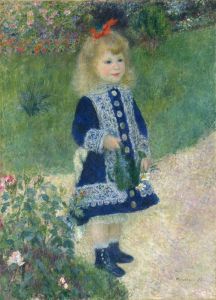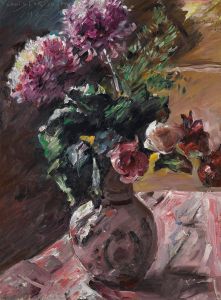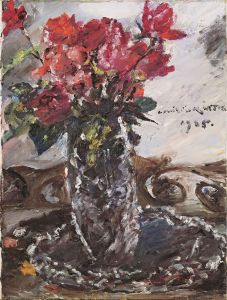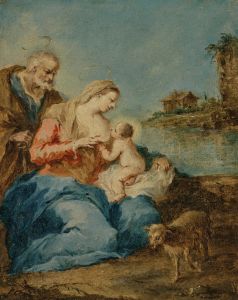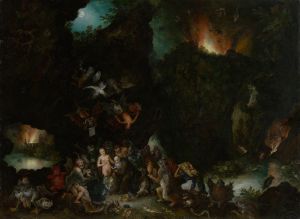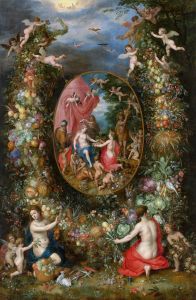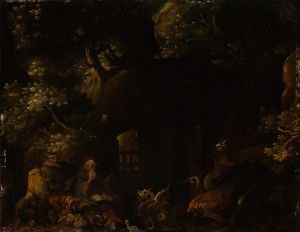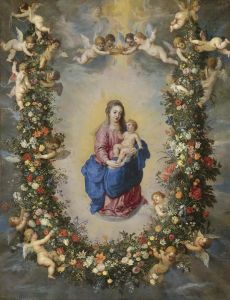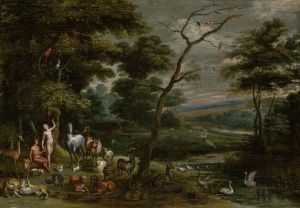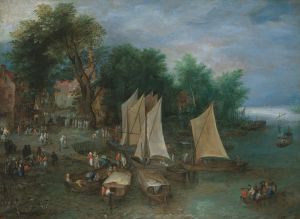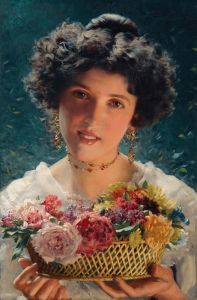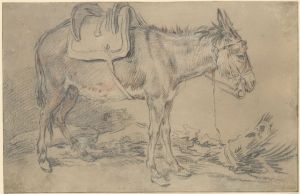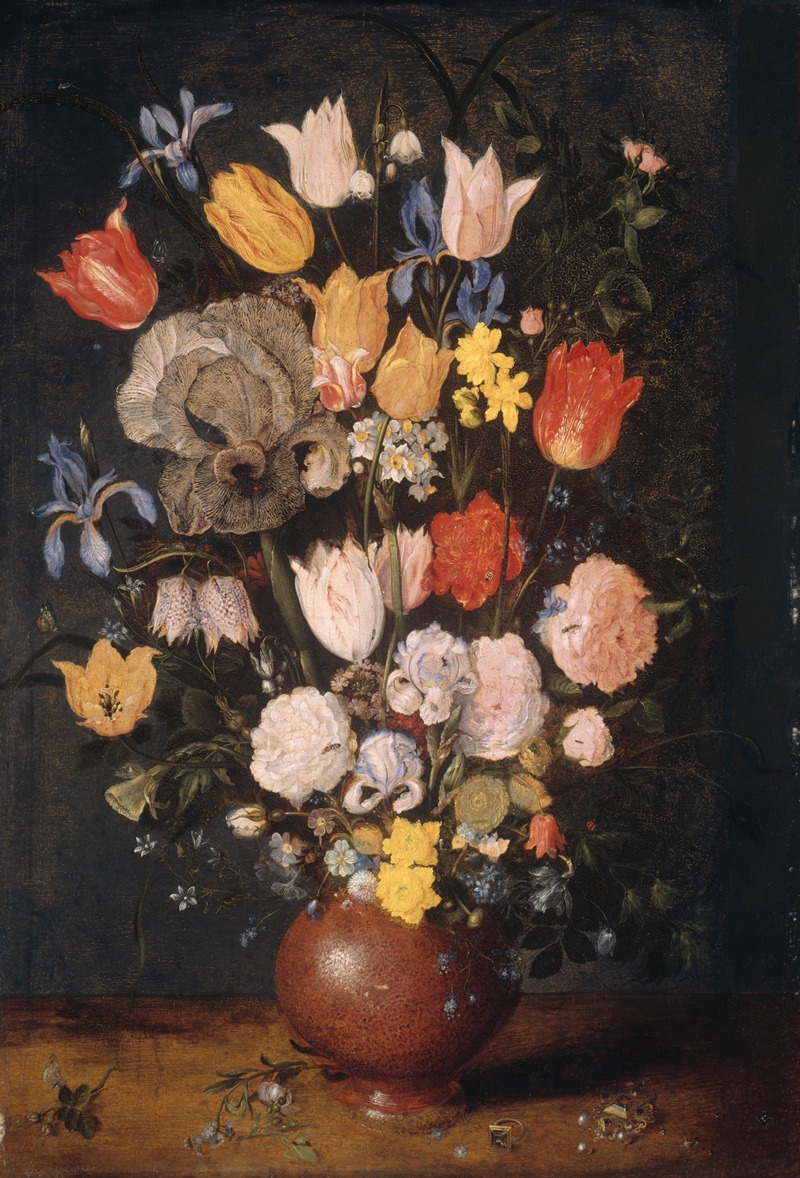
Bouquet of Flowers in an Earthenware Vase
A hand-painted replica of Jan Brueghel The Elder’s masterpiece Bouquet of Flowers in an Earthenware Vase, meticulously crafted by professional artists to capture the true essence of the original. Each piece is created with museum-quality canvas and rare mineral pigments, carefully painted by experienced artists with delicate brushstrokes and rich, layered colors to perfectly recreate the texture of the original artwork. Unlike machine-printed reproductions, this hand-painted version brings the painting to life, infused with the artist’s emotions and skill in every stroke. Whether for personal collection or home decoration, it instantly elevates the artistic atmosphere of any space.
"Bouquet of Flowers in an Earthenware Vase" is a still-life painting created by Jan Brueghel the Elder, a prominent Flemish artist of the late 16th and early 17th centuries. Known for his meticulous attention to detail and vibrant compositions, Brueghel was a key figure in the development of floral still-life painting, a genre that gained significant popularity during the Baroque period.
This painting exemplifies Brueghel's mastery in depicting flowers with extraordinary precision and realism. The artwork features a carefully arranged bouquet of various flowers placed in an earthenware vase. The composition includes a wide range of blooms, such as roses, tulips, irises, and other species, each rendered with remarkable detail. The flowers are depicted in different stages of bloom, showcasing Brueghel's ability to capture the natural diversity and ephemeral beauty of flora. The arrangement is not only aesthetically pleasing but also reflects the artist's deep understanding of botanical forms.
Brueghel's floral still lifes often carried symbolic meanings, as was common in the art of his time. Flowers were frequently used to represent themes such as the transience of life, beauty, and the passage of time. However, the specific symbolic intent of this painting, if any, is not definitively documented. The inclusion of an earthenware vase adds a sense of rustic charm and contrasts with the delicate nature of the flowers, highlighting Brueghel's skill in balancing textures and materials within his compositions.
Jan Brueghel the Elder was known to collaborate with other artists, including Peter Paul Rubens, on works that combined still life with figures or landscapes. While "Bouquet of Flowers in an Earthenware Vase" is a standalone still life, it reflects the high level of craftsmanship and attention to detail that characterized Brueghel's contributions to collaborative projects.
The painting is part of Brueghel's broader body of work, which includes numerous floral still lifes. These works were highly sought after by collectors and patrons during his lifetime, and they continue to be admired for their technical brilliance and artistic beauty. Today, "Bouquet of Flowers in an Earthenware Vase" is recognized as an important example of early 17th-century Flemish still-life painting.
The exact date of creation for this painting is not definitively recorded, but it is consistent with Brueghel's mature period, during which he produced many of his most celebrated floral compositions. The painting is housed in a museum collection, though specific details about its current location or provenance are not included in this summary.





